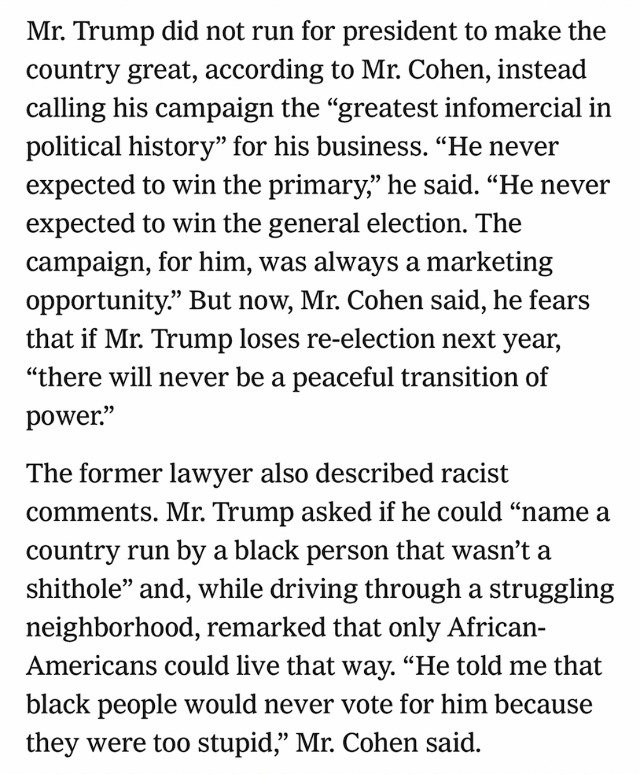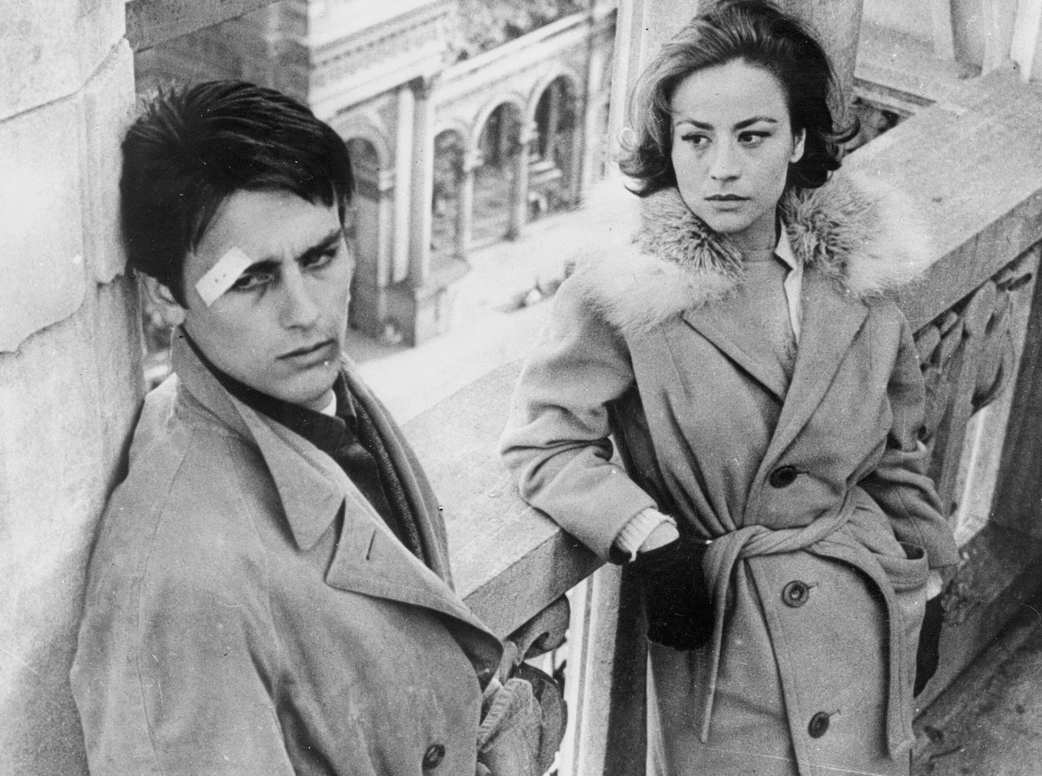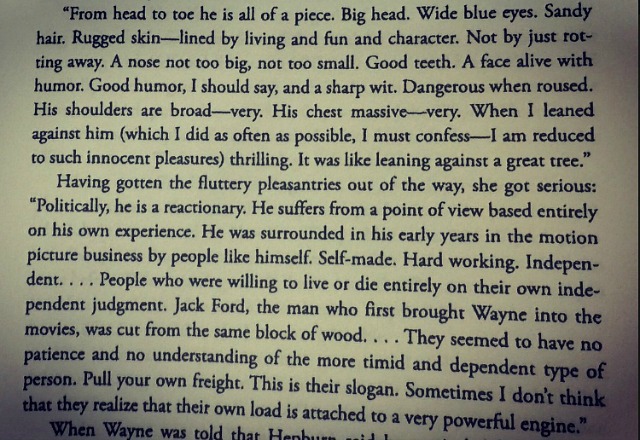If someone were to remake Elmer Gantry with, say, Leonardo DiCaprio or Matthew McConaughey or Joaquin Phoenix in the lead role, they definitely wouldn’t re-shoot this scene. Because if they did, the Stalinist wokesters would tear them apart on Twitter for daring to patronize African-American churchgoers of the ’20s, and in fact for projecting a borderline racist characterization.
Justin Chang and Guy Lodge would sputter and howl and lead the charge. They and their brethren would accuse the filmmakers of trying to make white audiences feel good about themselves, of trying to ignite fantasies about how soulful and open-hearted whites imagine themselves to be in the gentlest of spiritual circumstances.
In the original Elmer Gantry (’60) this scene was one of Burt Lancaster‘s all-time finest — a charismatic movie-star scene — and one reason why he won the Best Actor Oscar that year. But God help any actor or filmmaker today who would be stupid enough to imagine that an evil white person could step into a black church and just blend right in, etc. Only a white supremacist at heart could imagine such a scenario.










